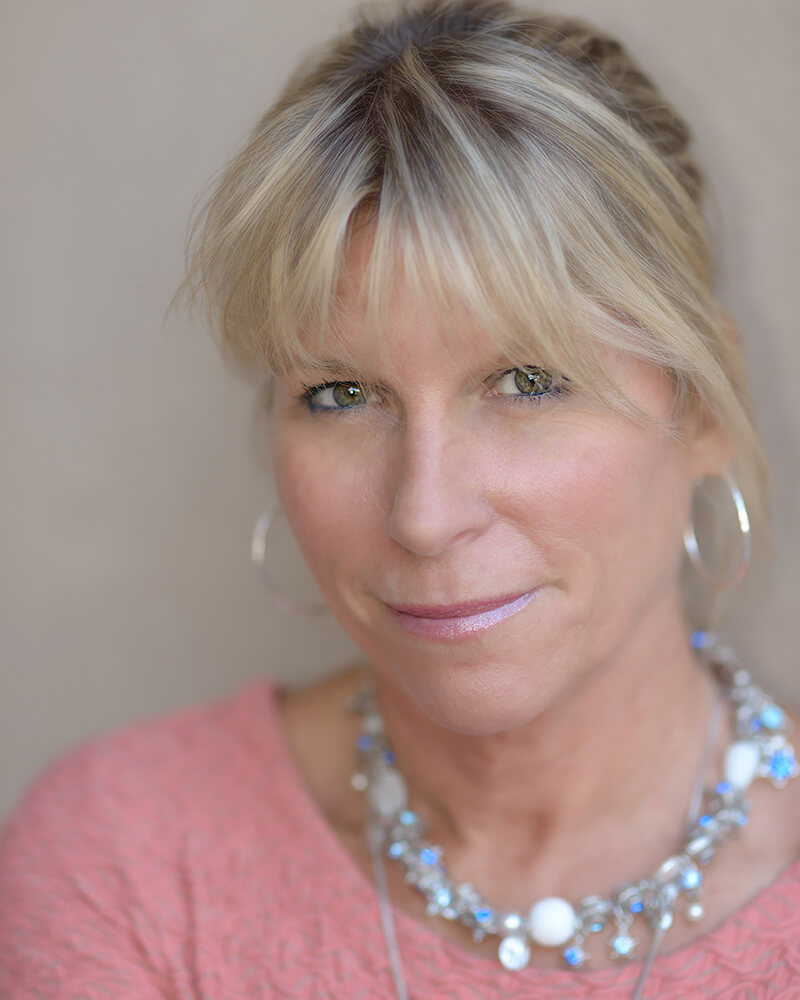Alison Wright, an award-winning documentary photographer and author, has travelled to 150 countries photographing indigenous cultures and people while covering issues concerning the human condition. She is a recipient of the
Dorothea Lange Award in Documentary Photography, a two-time winner of the
Lowell Thomas Travel Journalism Award, and an
Explorers Club Fellow. She was recently named a National Geographic Traveler of the Year as someone who travels
"with a sense of passion and purpose."
Alison has published ten books. Her upcoming book,
Grit and Grace: Women at Work documents the empowerment of women working in global communities (Schiffer 2021). Her work has been published in numerous magazines including
National Geographic,
National Geographic Traveler,
National Geographic Adventure,
Outside,
Islands and
Smithsonian.
Alison's life was nearly cut short during a devastating bus accident on a remote jungle road in Laos. Her best-selling memoir,
Learning to Breathe; One Woman's Journey of Spirit and Survival, chronicles her inspirational story of survival, the years of rehabilitation and her ongoing determination to recover and continue traveling the world as an intrepid visual storyteller. This experience while working in post disaster/conflict areas inspired her to establish a foundation called
Faces of Hope (facesofhope.org); a non-profit that globally supports women and children's rights by creating visual awareness and donating directly to grass-roots organizations that help sustain them through education and healthcare.
About Human Tribe
"The emotive beauty and grace of the human face, in all its diversity, will never cease to inspire me but it's the enduring spirit of our collective tribe of humanity that will always certainly amaze me. One of the many things I have learned during my years of global travel as a documentary photographer is that no matter how unique we may look in appearance, from the exotic to the mundane, we basically have the same universal desires and concerns. Our needs are actually quite simple: to love and be loved; to have a useful place in our society with some meaningful and fulfilling occupation in our life; work that will hopefully provide us with enough money in our pocket to get by; food on the table; education, health and safety for ourselves, our family and our children. The freedom to be oneself is a right that creates the exquisiteness of our human race.
These portraits are an unguarded moment in the lives of a few of the people I have photographed from our remarkable human tapestry. Some are celebrating significant events, while others are living out ordinary days. Others are merely struggling to survive. Many are from countries whose lives are in flux or change due to war, natural disaster or the inevitable rapid progression of modernity. I feel drawn to those who live close to the land, documenting communities that may not last even another generation. Most are surprised that I actually wanted to stop and photograph someone who is considered in their culture to be such an ordinary looking person.
From tribes in Africa, to nomads in Asia, survivors of post conflict and disaster, families and individuals around the world have graciously opened up their homes and hearts to me. Surprisingly, I have discovered that it is often the ones who have the least who share the most. I find compassion in what can seem to be a world of chaos. The planet, at times, can seem so vast, with the numbers almost too large for us to comprehend. But when you capture the look in someone's eyes, an intimate stare, a knowing glance, his or her situation becomes a shared experience, a more personal connection. Their eyes seem to radiate a dignity, a claim for a right to be seen, no matter what their circumstances. These eyes are what initially draws us in and connects us together.
These photos are a celebration of the universal human spirit within us all. It is what bonds us as humankind, a continued thread, as together we continue this journey on the pilgrimage of life. "

